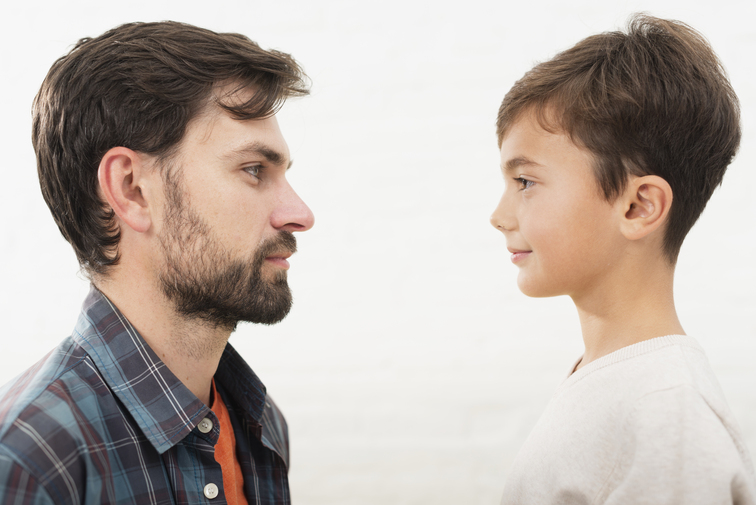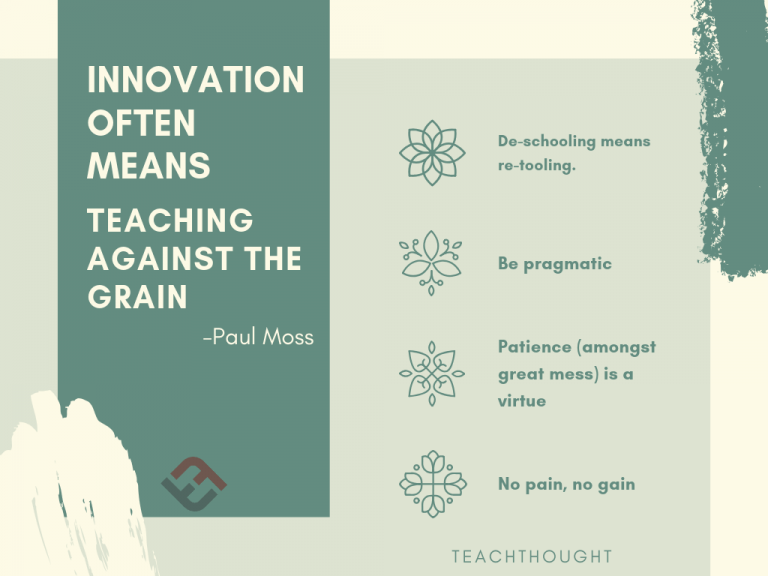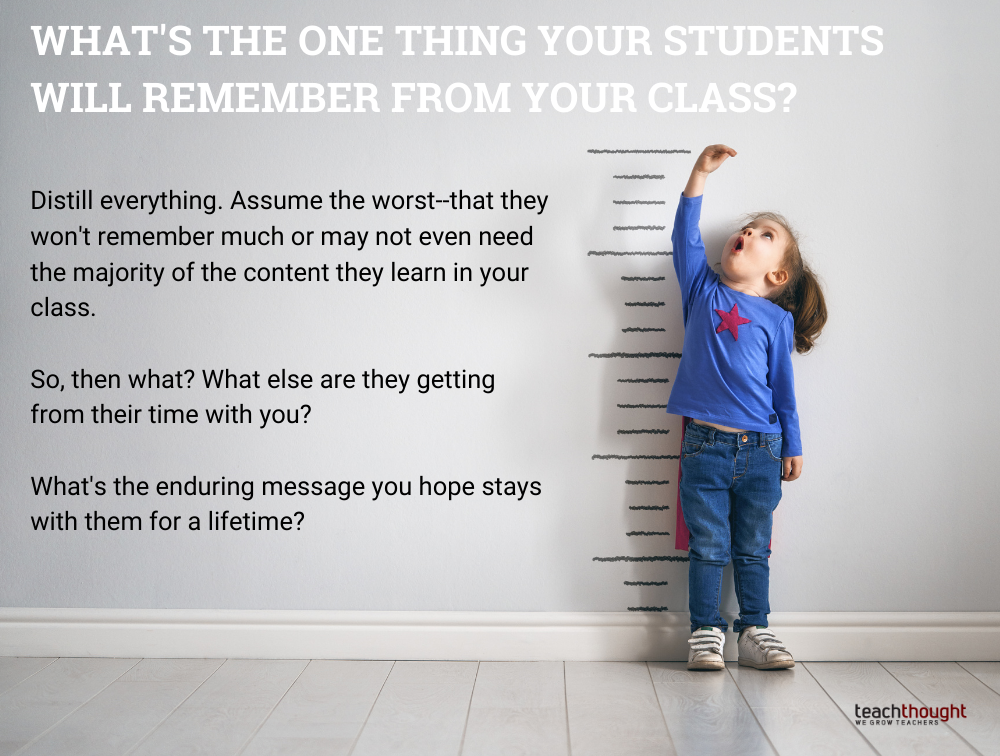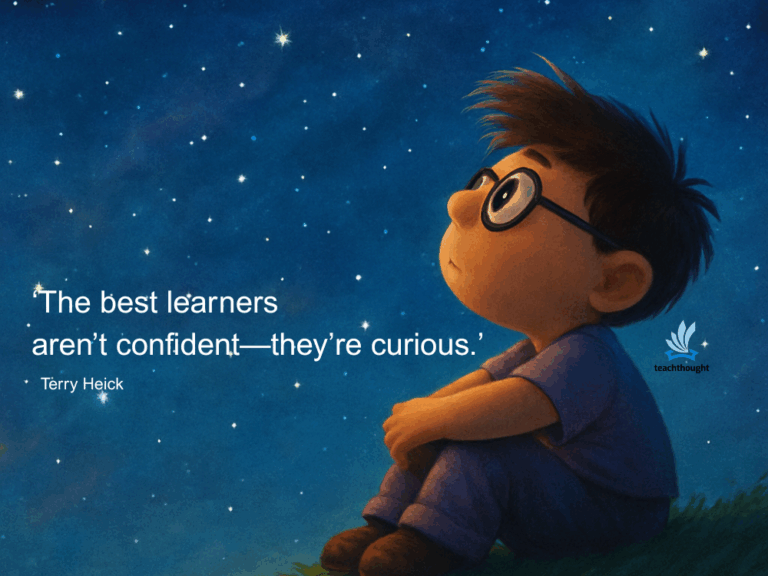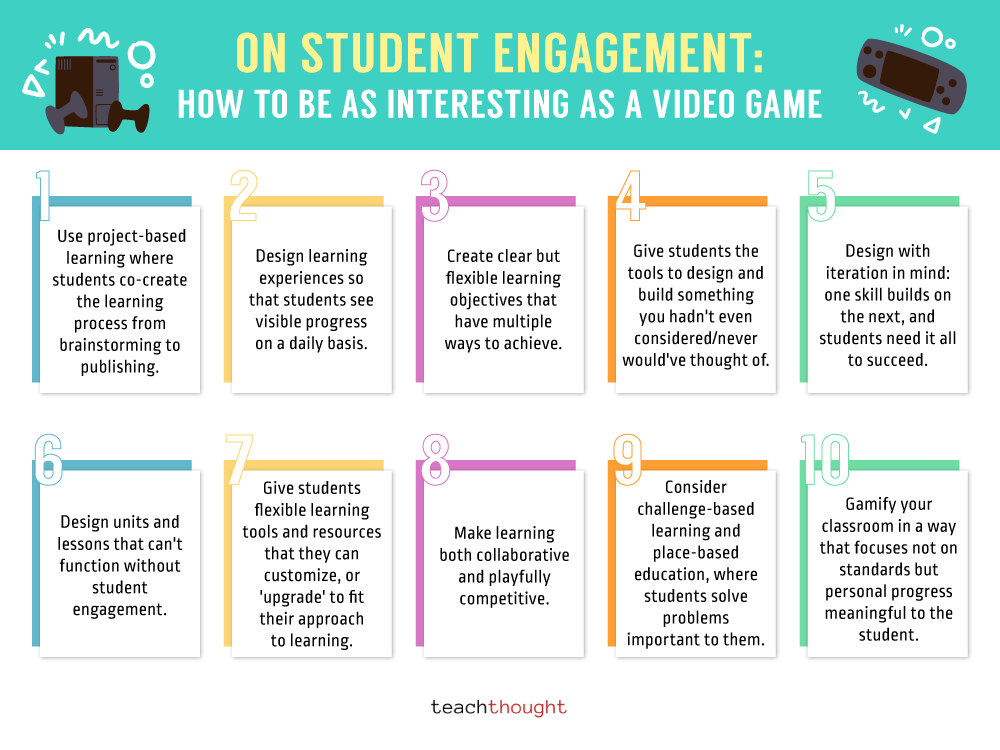How to Deal With Childhood Trauma As An Adult: Symptoms And Tips
Ever wondered why everybody suddenly became obsessed with childhood trauma?
It’s because the early experiences literally shape our brains. How we later behave, respond to stress, and build relationships stems from what we’ve experienced in those critical early years.
Childhood trauma can be different. It can stem from neglect, emotional invalidation, physical abuse, or growing up in a chronically stressful environment. You have the reasons to be here. Read more if interested in how the symptoms of childhood trauma show up in adulthood and how to deal with them as an adult.
Symptoms of Childhood Trauma in Adulthood
Childhood trauma doesn’t disappear when you grow up. Society expects that helpless children who grew up in fear and uncertainty will become high-functioning adults who work 9 to 5 and live their best lives. But it’s not what happens in reality.
Childhood trauma is measured in Adverse Childhood Experience (ACEs). A framework that assesses ACEs is used in the Breeze childhood trauma test, which explores physical abuse, emotional trauma, neglect, sexual harassment, or second-hand traumatization from parents. Here are some of the symptoms childhood trauma can manifest in adulthood:
- Emotional Sensitivity
Trauma in childhood alters brain in the areas of the hippocampus, amygdala, and prefrontal cortex. Areas responsible for memory, emotions, and decision-making, respectively. A study made on children from healthy vs. unhealthy family dynamics showed that children who experienced emotional distress had exaggerated emotional resposnes and couldn’t calm down.
These intense emotional reactions from childhood don’t disappear into thin air; they persist into adulthood. Adults with symptoms of childhood trauma are usually vulnerable, and this lack of resilience can lead to depression, anxiety, or anxious/avoidant attachment styles. 75% of chronically depressed adults experienced two or more ACEs.
- Physical Symptoms
One of the unobvious symptoms of childhood trauma that stretches into adulthood is physical symptoms. Adults with an ACEs history may experience chronic pain, tension headaches, digestive issues, fatigue, or sleep problems. This can happen due to dozens of reasons:
- Lower self-worth may decrease the desire to take care of oneself.
- Adults haven’t learned how to care for themselves from their parents, and it takes longer for them to figure this out.
- Body systems that respond to stress are inflamed, and this decreases the immune system.
- Childhood trauma increases the risk of substance abuse.
- Addictions
The addictions may vary from substances to partners. That’s how adults with unresolved trauma find comfort. This reaction stems from childhood, when a child found something comforting, they want to hold onto it, even if it would harm them in the long run.
Many adults turn to alcohol, drugs, food, or even work to numb painful emotions or regain a sense of control. Among the youngsters with high ACE scores:
- 37% had problematic alcohol use
- 59% smoked
- 28% used illicit drugs
Substance addiction as a symptom of childhood trauma is a coping mechanism people use to survive. They use it to numb the pain, forget the past, calm anxious reactions, and not think about a complicated future. Although helpful in the beginning, this coping strategy is detrimental in the long run. Masking pain instead of addressing its root causes is not an escape.
- Flashbacks and Re-Experiencing
Some adults with childhood trauma experience intrusive memories, nightmares, or a sense of reliving past events. These flashbacks can be triggered by specific sounds, smells, or stressful situations, leaving the person feeling unsafe even in the present. Such experiences are common in PTSD and complex trauma.
- Fragmented or No Memories from Childhood
Many trauma survivors report gaps in their childhood memories. High levels of stress hormone, cortisol, basically impair the functioning of the hippocampus, a brain region responsible for memory. In a nutshell, the brain “walls off” overwhelming experiences to keep functioning.
Another reason is dissociation. When stressful events are frequent, a child adapts to them and dissociates to reduce the mental pain. As an adult, this symptom of childhood trauma is confusing because memories or certain feelings can resurface at any moment.
- Low Self-Worth
Chronic feelings of shame or weirdness are common symptoms of childhood trauma in adulthood. Feeling constantly not okay and needing efforts to seem okay is one side. Some other sides of low self-worth are tolerating unhealthy relationships (“I’m not worth more”) or downplaying achievements (“I was just lucky” or “Others achieved more in my age”).
This deep sense of low self-worth is a common result of early environments where a child’s needs for validation and security weren’t met. Children learned that they are unimportant and caring for “others” is what they need to do.
- Anxiety
Anxiety as a symptom of childhood trauma develops because early experiences of fear, neglect, or unpredictability teach the nervous system to stay in a constant state of hypervigilance. As adults, this can manifest as racing thoughts, overthinking, difficulty relaxing, or a persistent sense that “something bad is about to happen.” It may show up physically too: rapid heartbeat, sweating, stomachaches, or muscle tension.
This happens because trauma in childhood teaches the brain to prioritize survival over safety, keeping the stress response system overactive. Without processing the original trauma, even neutral situations can trigger disproportionate worry.
How to Deal With Childhood Trauma as an Adult
If you read the symptoms of childhood trauma and notice that you also could have an ACEs history, this is already a huge step. The next steps would be as difficult, but also relieving.
Healing from childhood trauma doesn’t happen overnight. And even if you learned to manage the symptoms, the past wouldn’t be erased. What you have the power to do is to build a life that will feel safe right now. Start with these small, consistent tips to deal with childhood trauma in adulthood.
- Trace Your Thoughts
Either verbally, in thoughts, or in written form. If you notice a negative thought, like “This is too ambitious. I won’t do it” or “Everybody’s looking at me and judging,” think about where it comes from. You can, of course, reflect on your childhood, but even something as simple as “I felt judged because that woman gave me a weird look” helps you understand emotions and validate them.
- Walk, Really
This is cliché mental health advice, but it is really working. One research study showed that 41% of people with PTSD who walked noticed significant clinically proven relief of the symptoms. Any physical activity will do because that’s how the brain produces neurotransmitters that make us happy.
- Try to Do Better in Minute Steps
If you’re smoking, skip one cigarette today. If you have trouble with healthy eating, eat one high-protein meal a day. If you have high screen time, try to have one meal without screens.
There is an opinion that change should be huge. But the most considerable changes are minute. When you try to do and be better at least a little every day, your progress will add up, and your health, relationships, and wellbeing will already feel better.
- Create a Safe Object
Keep something grounding, like a smooth stone or a photo, in your pocket to help remind you that you’re safe now. Think about the object, touch it, hold it, especially when you’re anxious or under pressure.
- Build a Memory Timeline
For some, writing down small neutral recollections can help build a narrative to ideally begin to make sense of ‘what happened.’ Over time, this can build a clearer sense of your past without forcing painful recall. However, this can have the opposite for some and should be done together with a trauma-informed therapist to avoid re-traumatization.
- Set Micro-Boundaries
Decide that from today on, something will change. You will not force yourself to finish a whole meal or you will now be responsible for choosing movie for the night.
Not only does this improve autonomy, but you will also become more confident because you will know that your opinion matters. Start small by saying ‘no’ once a week to something you don’t have energy for. This practice reinforces your sense of self-worth and autonomy.
These routines won’t erase trauma, but they lay the foundation for deeper healing, making therapy and other support more effective. Small, consistent steps help your nervous system learn that it’s safe to experience emotions and build trust in your ability to manage them.
Image attribution freepik
